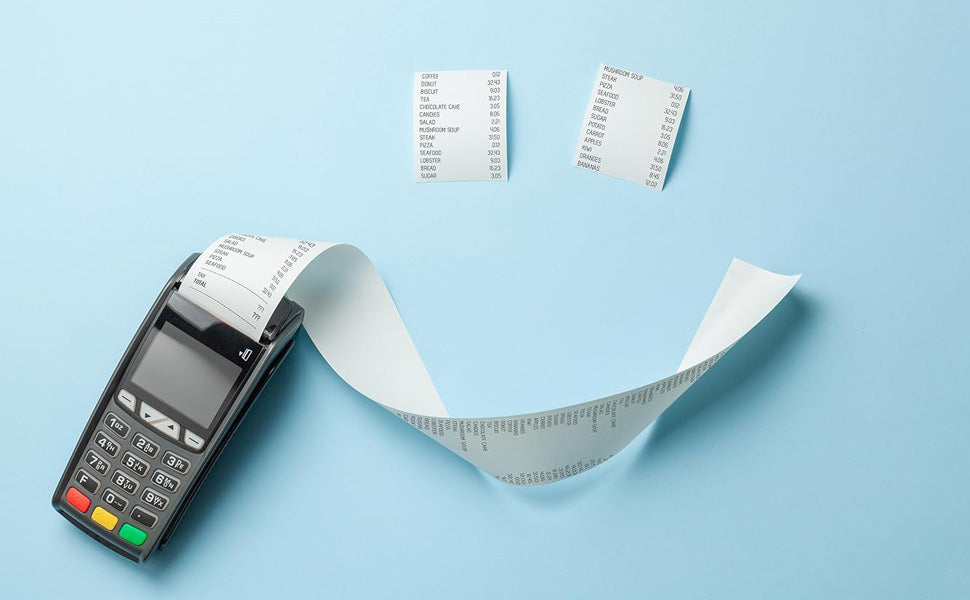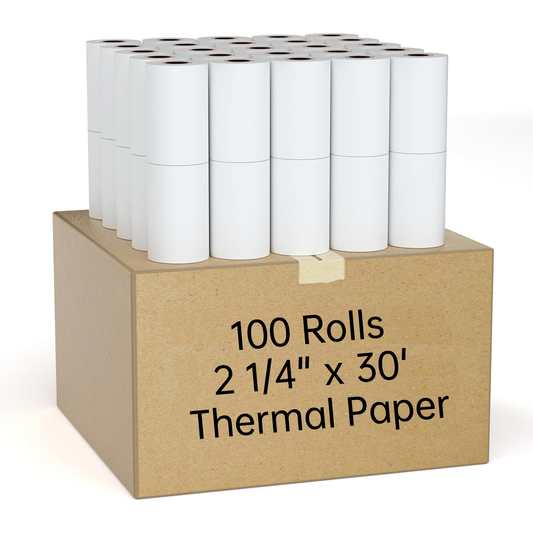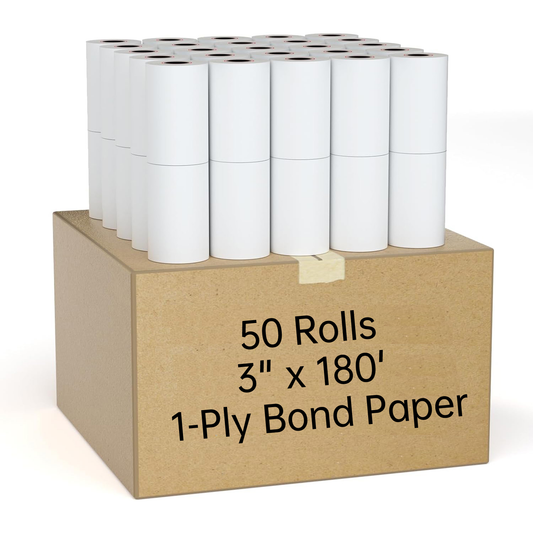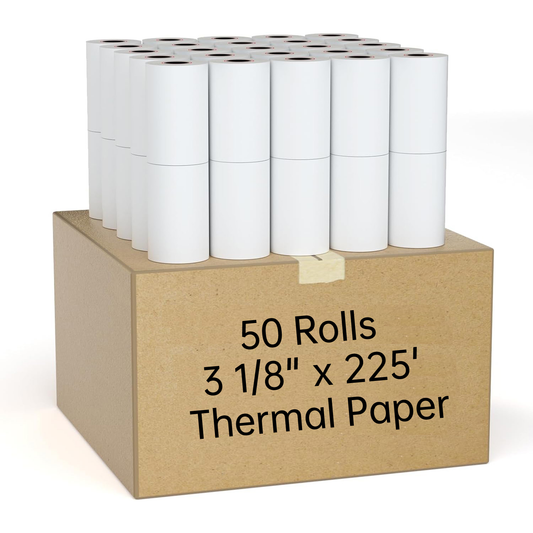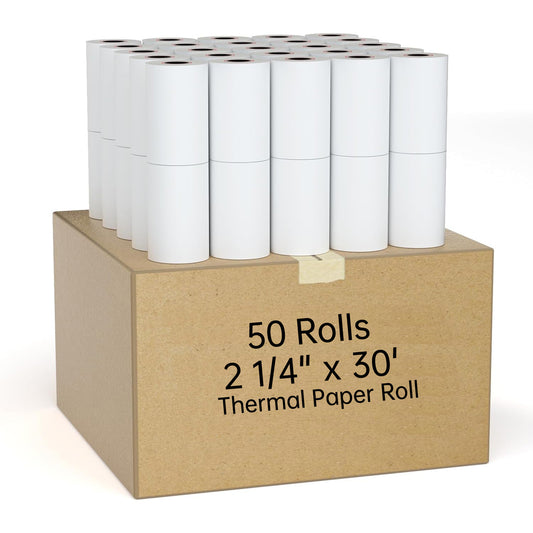Whether you're into birdwatching, stargazing, or just want to get a closer look at the scenery during your hikes, a good pair of binoculars is essential. However, with so many options on the market, choosing the right pair can be overwhelming. In this guide, we'll break down the key factors to consider when selecting binoculars to ensure you make an informed decision.
Understanding Binocular Specifications
Before diving into specific recommendations, it's important to understand the basic specifications of binoculars:
- Magnification and Objective Lens Diameter:
- Binoculars are usually described by two numbers, such as 8x42. The first number (8) indicates the magnification power, meaning the image will appear 8 times closer than with the naked eye. The second number (42) refers to the diameter of the objective lens in millimeters. Larger lenses capture more light, which is beneficial in low-light conditions but also result in heavier binoculars.
- Field of View:
- This is the width of the area visible through the binoculars at a certain distance, typically 1000 yards. A wider field of view is ideal for tracking moving objects, such as birds or wildlife.
- Exit Pupil:
- This is the diameter of the light beam that reaches your eye and is calculated by dividing the diameter of the objective lens by the magnification. A larger exit pupil provides brighter images in low light, which is important for stargazing or dawn/dusk observations.
- Eye Relief:
- This is the distance from the eyepiece at which the image is in focus. Longer eye relief is crucial for those who wear glasses, as it allows you to see the entire field of view without having to press your glasses against the binoculars.
- Lens Coatings:
- Coatings reduce light reflection and increase light transmission, improving image brightness and clarity. Fully multi-coated lenses are the best, offering superior image quality.
Types of Binoculars
Different activities may require different types of binoculars:
- Birdwatching:
- Ideal magnification: 8x to 10x
- Lightweight and portable for long periods of use
- Wide field of view for tracking fast-moving birds
- Hiking and General Use:
- Ideal magnification: 8x
- Compact and rugged for portability and durability
- Waterproof and fog-proof features are beneficial
- Stargazing:
- Ideal magnification: 10x or higher
- Larger objective lenses (50mm or more) to gather more light
- Tripod adaptability to keep the binoculars steady
- Marine Use:
- Ideal magnification: 7x to 10x
- Waterproof and buoyant models to withstand water exposure
- Stabilization features to counteract boat movements
Additional Features to Consider
- Waterproofing and Fog Proofing: Essential for use in harsh weather conditions or humid environments.
- Weight and Size: Consider how long you'll be carrying them and the convenience of storage.
- Durability: Rubber armor can protect against shocks and provide a better grip.
- Price: Higher-end models often provide better image quality and durability, but there are also excellent budget options available.
Conclusion
Choosing the right binoculars depends on your specific needs and the activities you plan to use them for. By understanding the key specifications and considering factors such as magnification, lens diameter, and additional features, you can find the perfect pair to enhance your outdoor adventures. Happy viewing!

